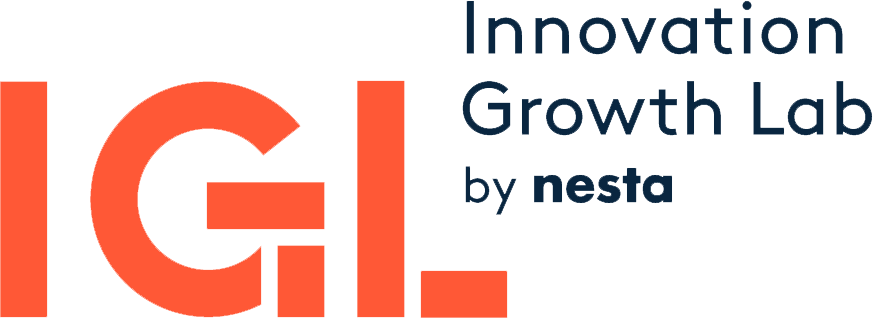Hypotheses/research question
Does the increased employment in the group treated firms come from the changed composition of the labor force in these firm?
Public announcement of the program was made in April 2012. Firms were also informed of the program through the car manufacturers such as Sofasa, General Motors, and Busscar.To be eligible firms had to be legally registered, in business for at least two years, be a first or second-tier supplier to the automobile industry, and be located in one of four areas: the departments of Antioquia, Cundinamarca, Valle del Cauca, and the Eje Cafetero (Coffee Axis). The firms were told the program would offer assistance in improving production practices in order to improve profitability, productivity and competitiveness, and that the program would not require any payment by the firms, but that they would need to commit time and effort of their workforce to supply information required and to implement suggestions made.
Cost benefit ratio
Baseline data suggest that profit margins are 11 percent of sales for the median firm. Taking the estimated group treatment effect on sales of US$26,500-$29,900 per month, and multiply this by the profit
rate, this gives a suggested point estimate of US$$3,000 per month in profits, in which case the group treatment would pay for itself within 4 months.
Rounds of data collection
Periodically, CNP would visit firms to verify the monitoring of KPIs and resolving any doubt. This information was then recollected during 4 rounds, the first of which took place in July 2015.
Baseline data collection and method
While the random assignment was able to achieve balance on most baseline variables, there are a couple of imbalances.For example, the control group is more likely to be in metal products than either treatment group and starts with lower labor productivity. Baseline data were collected from the application form and diagnostic phase and cover firm characteristics in 2013.
Data collection method and data collected
Three types of follow-up data were used. The first is data on the management practices in the firm. The main measure is the Anexo K management score, which is a score measuring the average adoption rate of 141 different practices. This was collected by CNP during in-person visits to the firm ), with monthly from the treatment groups during the time of their interventions, as well as annually in 2014 and 2015 for the individual and control groups, and in 2015 and 2016 for the treatment group. The second type of data consists of key performance indicators (KPIs) from the firms, which were collected during in-person visits. For employment outcomes, we can also use the PILA (Unified Register of Contributions), which is the national information system used by firms to file the mandatory contributions to health, pensions, and disability insurance paid for workers.
Delivery partner
CNP, Innovations for Poverty Action
